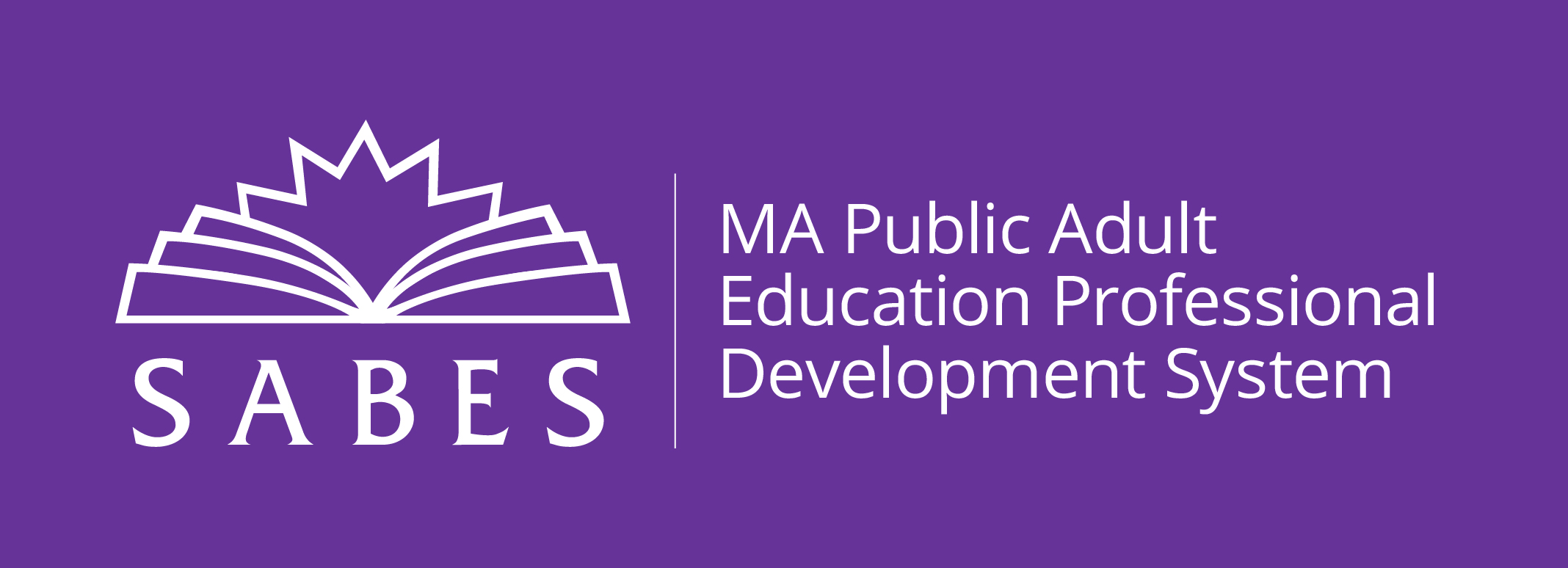This lesson was designed to provide an application lesson for a math unit on probability. Students should have already been exposed to some work with benchmark fractions, decimals and percents, especially 50% and multiples of one quarter. This could be used towards the beginning of a unit on probability because it explores very basic probability concepts and introduces students to a basic probability experiment using a spinner. Follow up lessons include further exploration of the difference between experimental and theoretical probability by running other probability experiments. The conceptual goal of the unit is for students to understand that probability involves randomness in the short term and predictability over the long run. The application to health literacy allows students to see how this math concept applies to their life and gives them tools for decision-making and advocacy around their own health.
Lesson objectives
*Some of these objectives are categorized as more accessible or more advanced to assist with differentiation.
Students will be able to:
-
Explain their rights as a patient
-
Connect everyday vocabulary around probability to the probability spectrum and give examples [More accessible]
-
Connect statistical language around probability to the probability spectrum and give examples [More advanced]
-
Visualize percents as greater or less than half using a pie chart and the benchmarks 0%, 50%, and 100% [More accessible]
-
Visualize percents using a pie chart and benchmarks 0%, 25%, 50%, 75%, and 100% [More advanced]
-
Collect and interpret data from simple probability experiments
-
Connect probability to the long term frequency of an event occurring
The lesson includes a lesson plan, as well as student materials/handouts.


